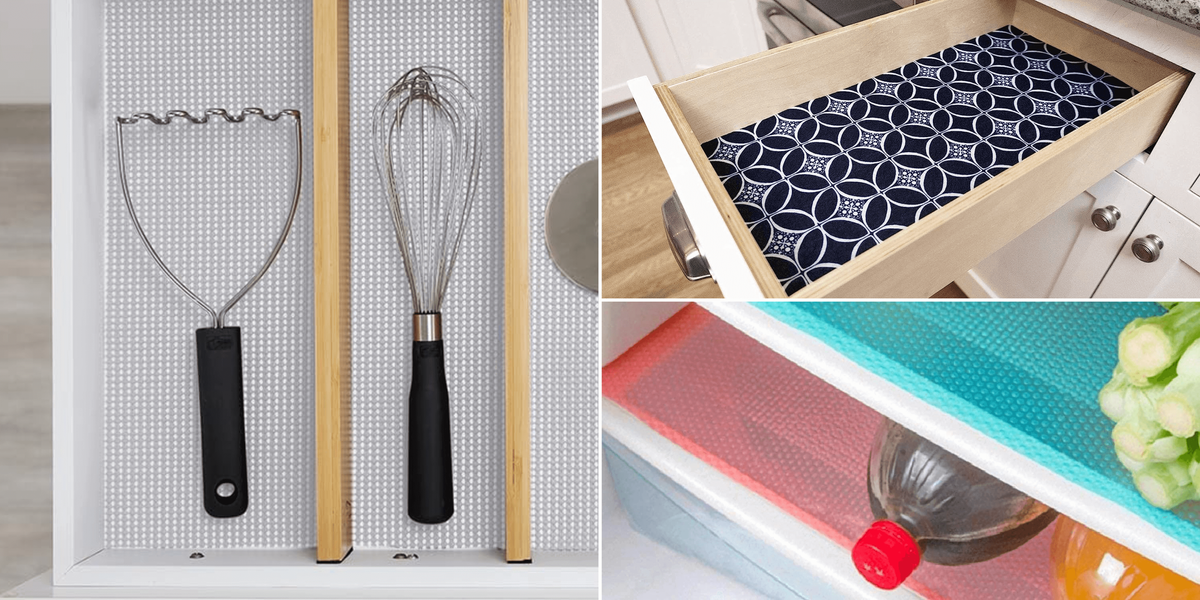In today's eco-conscious world, the push towards sustainability has never been more urgent. One significant change we can all make starts right in our kitchens—reducing our reliance on single-use plastics. Reusable food storage solutions not only offer a practical alternative but also play a crucial role in our journey towards a more sustainable lifestyle. By making this switch, we contribute to a healthier planet, one container at a time.
In This Article
- The Problem with Single-Use Plastics
- Benefits of Reusable Food Storage
- Types of Reusable Food Storage Solutions
- Choosing the Right Reusable Food Storage for Your Needs
- How to Care for Your Reusable Food Storage
- Making the Transition to Reusable Food Storage
- DIY Reusable Food Storage Solutions
- Call to Action
The Problem with Single-Use Plastics
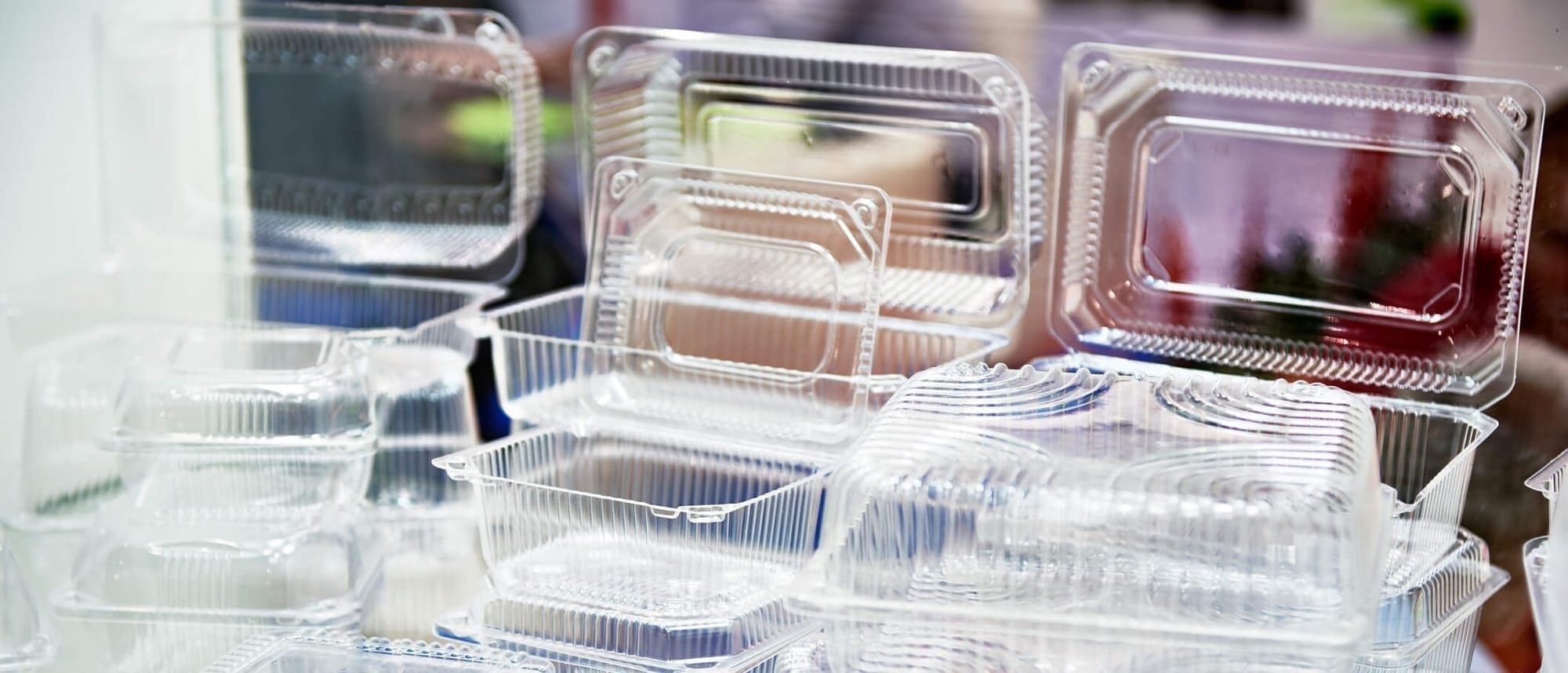
Single-use plastics have become a global environmental crisis. Every year, millions of tons of plastic waste end up in landfills and oceans, causing harm to wildlife and ecosystems. The convenience of disposable food storage comes at a high cost: pollution that lasts for centuries. These plastics break down into microplastics, contaminating our water and food supply, and posing serious risks to our health and the well-being of marine life.
Benefits of Reusable Food Storage
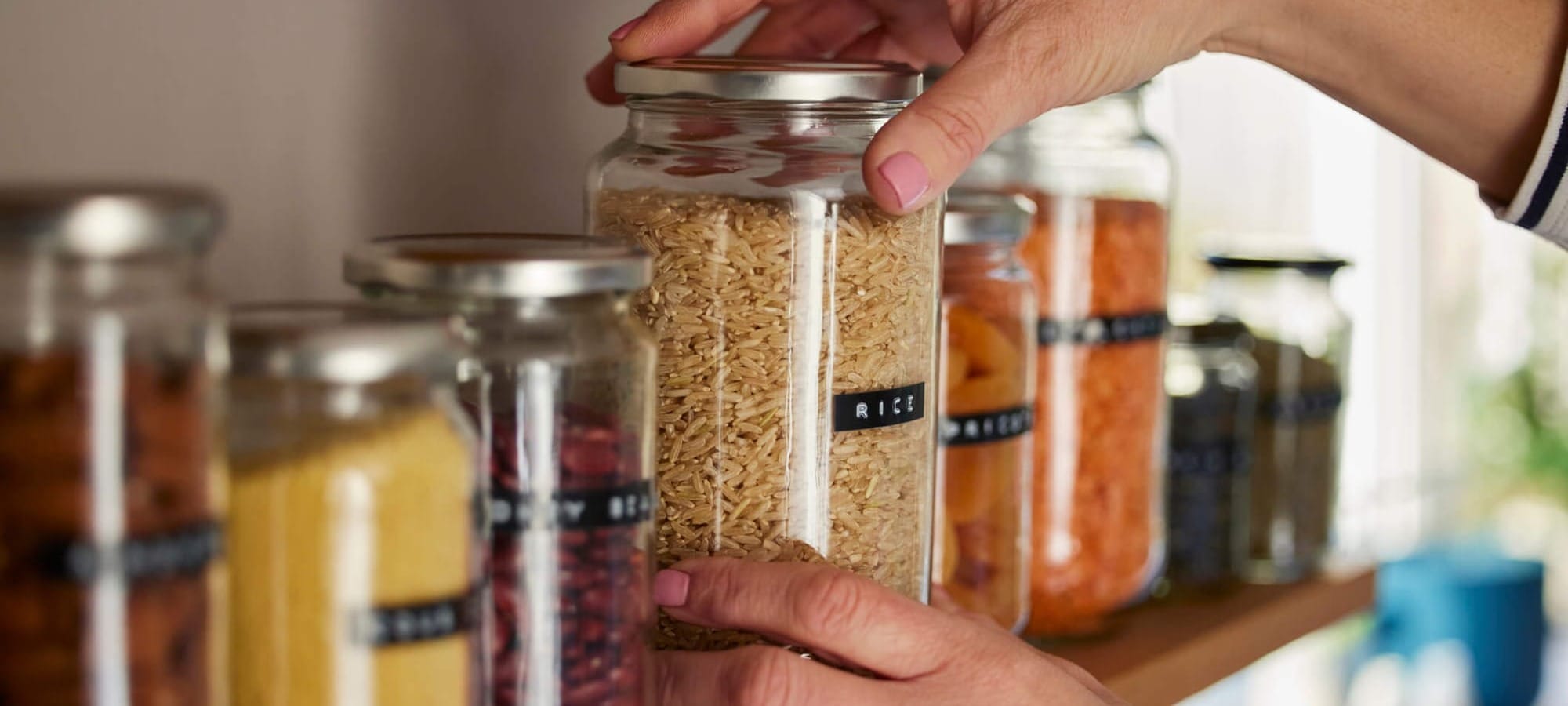
Switching to reusable food storage solutions brings a multitude of benefits:
- Environmental Impact: By opting for reusable options, we significantly reduce the amount of waste produced. This action helps decrease pollution, conserve resources, and protect marine life from the dangers of plastic waste.
- Health Benefits: Many reusable storage options are made from safer materials like glass, silicone, or stainless steel, which don't leach harmful chemicals into our food. This switch can contribute to a healthier lifestyle for you and your family.
- Cost Savings: While the initial investment in reusable containers might be higher, the long-term savings are substantial. Reusable options last much longer than their disposable counterparts, meaning you'll save money by not having to repurchase plastic bags or wrap.
- Kitchen Organization: Reusable containers can also aid in better kitchen organization. They often come in uniform sizes that stack neatly, making it easier to keep your fridge and pantry organized. Plus, clear containers allow you to see what's inside, reducing food waste by reminding you of leftovers.
Types of Reusable Food Storage Solutions
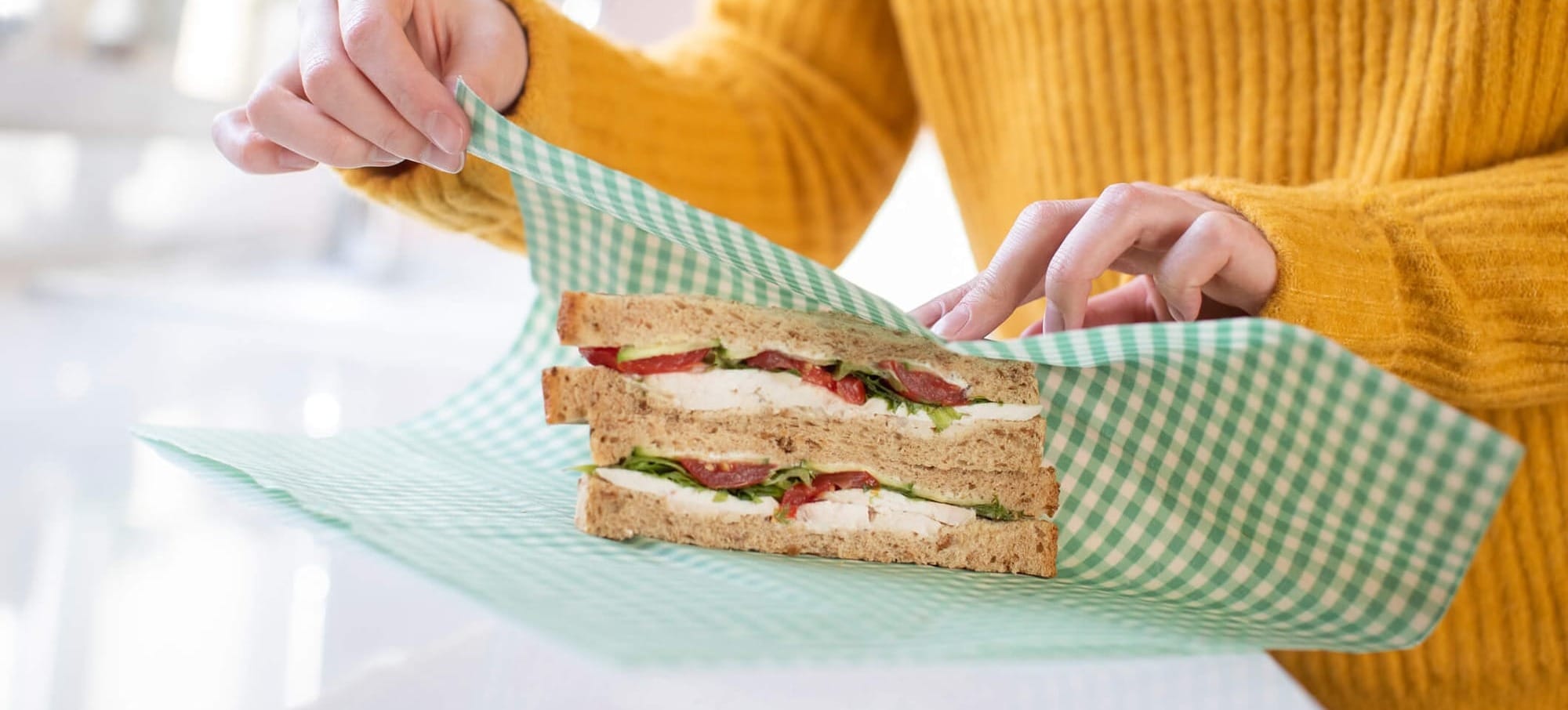
Transitioning to a sustainable kitchen means rethinking how we store our food. Here's a look at the various reusable food storage solutions available, each with its unique benefits:
- Glass Containers: Glass is a fantastic option for those looking for a non-reactive and durable solution. It's safe for use in the microwave and dishwasher, making it incredibly convenient for everyday use. Plus, glass containers don't absorb odors or colors from food, keeping your meals fresh and appetizing.
- Silicone Bags and Containers: Silicone offers unparalleled flexibility and is known for its leak-proof qualities, making it perfect for storing liquids and semi-liquids. It's freezer safe, which means you can use it for meal prep and long-term storage without worry.
- Beeswax Wraps: For a more sustainable and natural option, beeswax wraps are ideal. They're breathable, making them excellent for wrapping produce, cheese, and bread. Plus, they're compostable at the end of their life, reducing waste even further.
- Stainless Steel Containers: Known for their durability and resistance to rust, stainless steel containers are perfect for meals on the go. They're easy to clean and don't retain flavors or odors, making them a hygienic option for repeated use.
- Fabric Pouches: Fabric pouches are a lightweight and versatile option for carrying snacks and dry goods. They're washable and reusable, offering a convenient and eco-friendly alternative to single-use plastic bags.
- Reusable Plastic (BPA-Free): For those looking for a more affordable entry into reusable food storage, BPA-free plastic containers offer the benefits of being lightweight and shatterproof. They're a step up from single-use plastics, offering a safer and more sustainable option for food storage.
Choosing the Right Reusable Food Storage for Your Needs
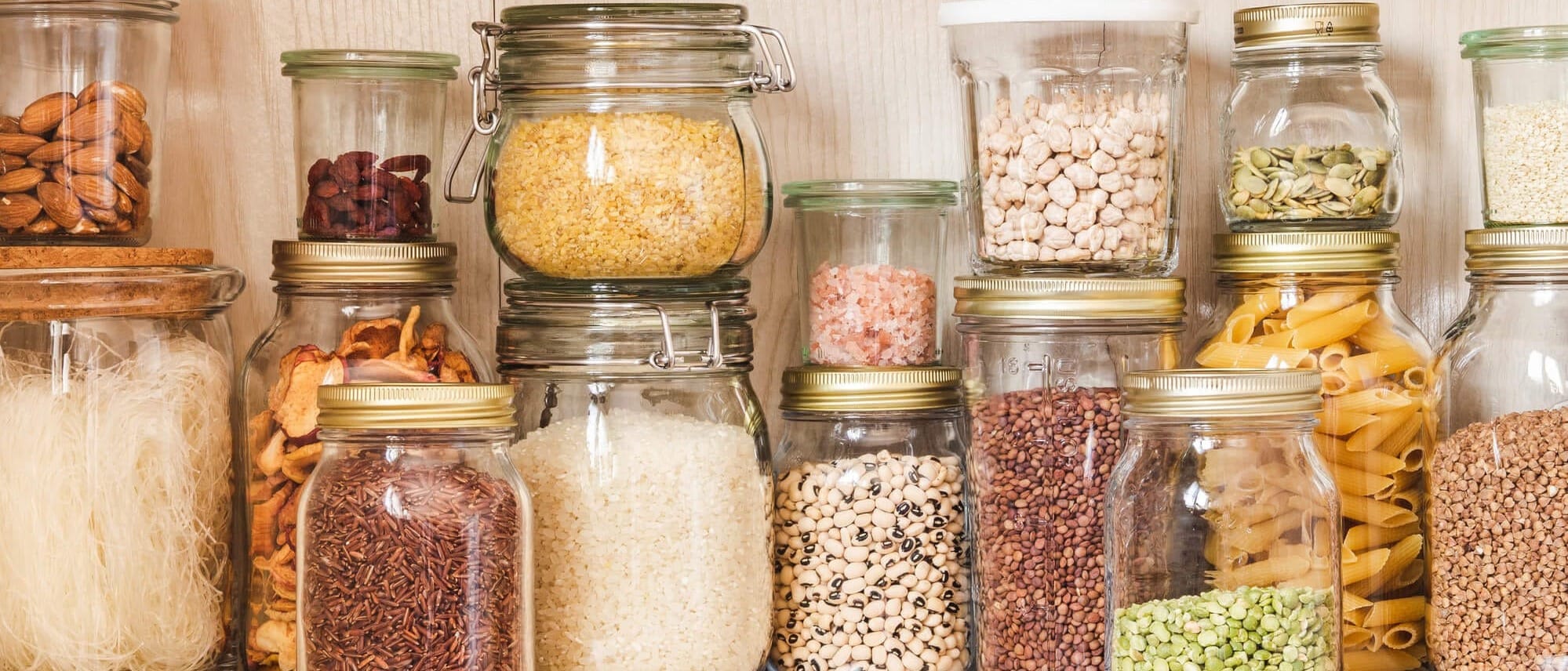
Selecting the right reusable food storage solutions can be a game-changer for both your kitchen's functionality and your environmental footprint. Here are some tips to help you choose the best options based on your specific needs:
- Consider the Food Types: Different foods require different storage conditions. Glass containers are excellent for leftovers, as they can go straight from the fridge to the microwave. Silicone bags are great for freezing soups and sauces, while beeswax wraps are ideal for fruits, vegetables, and cheese.
- Think About Your Lifestyle: If you're often on the go, stainless steel containers might be your best bet due to their durability and leak-proof qualities. For home storage, glass containers can help you see what's inside easily, reducing food waste.
- Assess Your Storage Needs: Evaluate your kitchen space and storage habits. Stackable containers can save space, while clear containers help you keep track of what you have, making meal planning easier.
How to Care for Your Reusable Food Storage
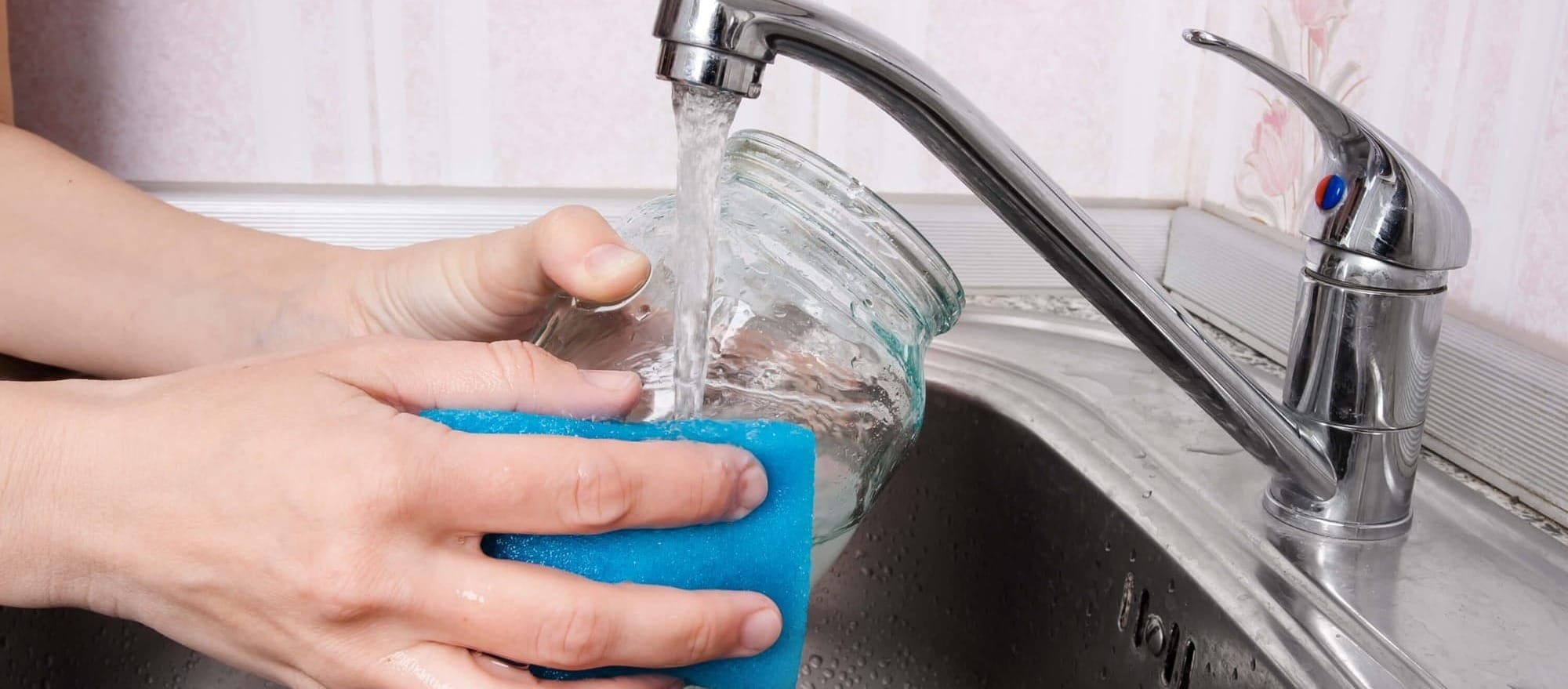
Proper care and maintenance can significantly extend the life of your reusable food storage solutions. Here are some general tips:
- Glass Containers: Most glass containers are dishwasher safe, but check the manufacturer's instructions. For stubborn stains or odors, soaking in a mixture of baking soda and vinegar can help.
- Silicone Bags and Containers: Silicone is dishwasher safe, but turning the bags inside out can ensure a thorough clean. Avoid sharp objects that could puncture or tear the silicone.
- Beeswax Wraps: Wash beeswax wraps in cold water with a mild soap. Hot water can melt the wax. Air dry and store them flat or rolled.
- Stainless Steel Containers: These are generally dishwasher safe, but hand washing can prevent water spots. Avoid using abrasive scrubbers that can scratch the surface.
- Fabric Pouches: Machine wash or hand wash in cold water and air dry. Iron if necessary, but avoid high heat that could damage the fabric.
- Reusable Plastic: Wash with soap and water, using a soft brush for any crevices. Some are dishwasher safe, but high heat can warp or damage the plastic over time.
Making the Transition to Reusable Food Storage
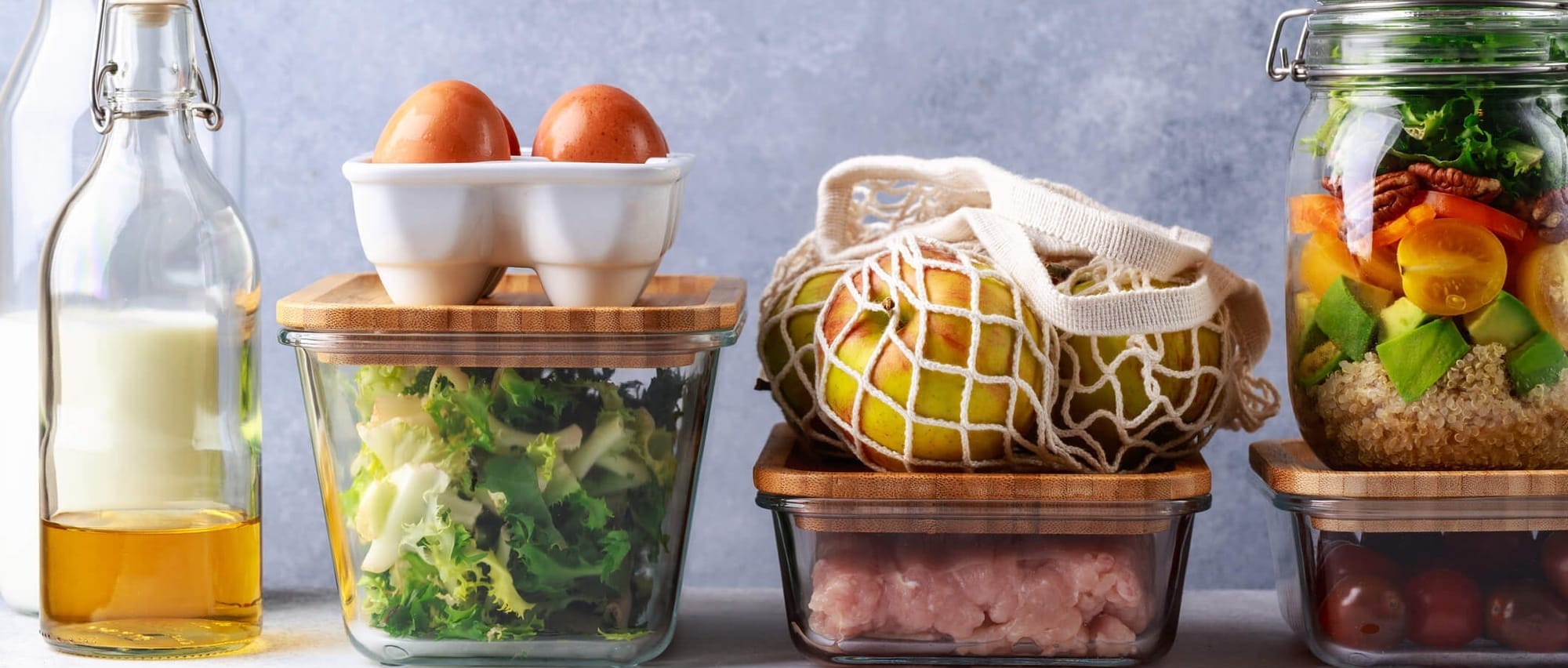
Switching to reusable food storage doesn't have to be an all-or-nothing approach. Here's how to ease into it:
- Start Small: Begin by replacing the items you use most frequently, like sandwich bags or plastic wrap, with reusable alternatives.
- Replace as You Go: Instead of a complete overhaul, replace disposable items with reusable ones as they run out or wear out.
- Set Realistic Goals: Gradually incorporate reusable options into your routine. It's about progress, not perfection.
- Educate Yourself and Others: Share what you learn about the benefits of reusable storage with friends and family. Encouragement and shared experiences can make the transition easier for everyone.
DIY Reusable Food Storage Solutions
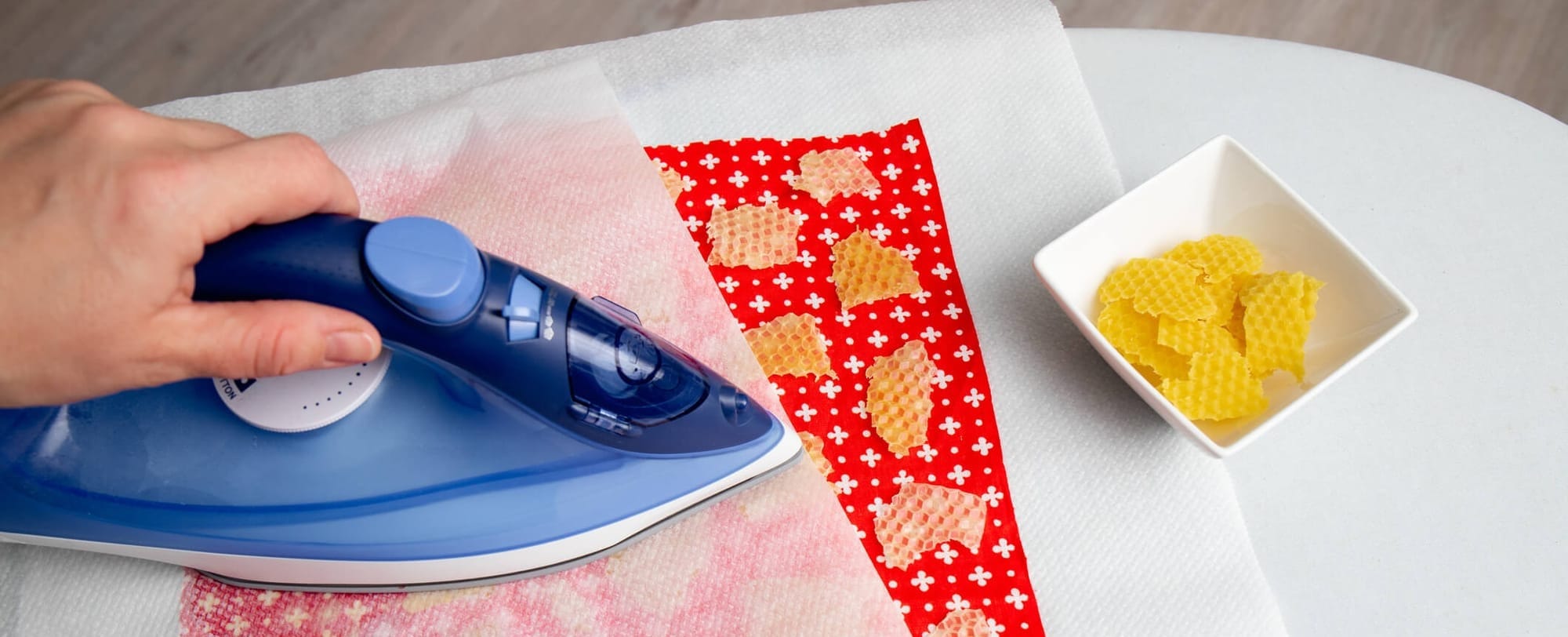
Creating your own reusable food storage solutions is not only environmentally friendly but also allows for customization to fit your specific needs and style. While we offer a glimpse into the possibilities, these suggestions are intended to spark your imagination and encourage further exploration:
- Beeswax Wraps: For the crafty among us, creating your own beeswax wraps offers a fun and customizable alternative. Beeswax wraps are made from natural materials like cotton fabric, beeswax, and sometimes resin or jojoba oil. They're ideal for wrapping various foods and can be a beautiful addition to your kitchen. To get started on this DIY project, check out this helpful guide by Good Housekeeping.
- Silicone Bags: Ideal for those looking to tackle a more advanced project, crafting your own silicone bags requires food-grade silicone and a bit of ingenuity. These bags are excellent for airtight and leak-proof storage.
- Fabric Pouches: Sew your own fabric pouches for an adorable and reusable way to carry snacks and sandwiches. Choose fun patterns to personalize your pouches for family members.
- Upcycled Containers: Transform glass jars and containers into stylish storage solutions with a touch of paint or fabric, making your pantry both organized and visually appealing.
Call to Action
Now that you've seen how easy and rewarding it is to create your own reusable food storage solutions, we invite you to explore more specific products or DIY projects that suit your lifestyle. Whether you're making the switch to reusable options for environmental reasons, health benefits, or simply to add a personal touch to your kitchen, every small change contributes to a larger impact.
We'd love to hear about your experiences with making the switch to reusable food storage. Share your stories, tips, or favorite DIY projects with us and the community. Together, we can inspire more people to embrace sustainable living practices, one reusable container at a time.
Remember, every effort counts when it comes to reducing waste and promoting sustainability. So, why not start your DIY reusable food storage project today?
